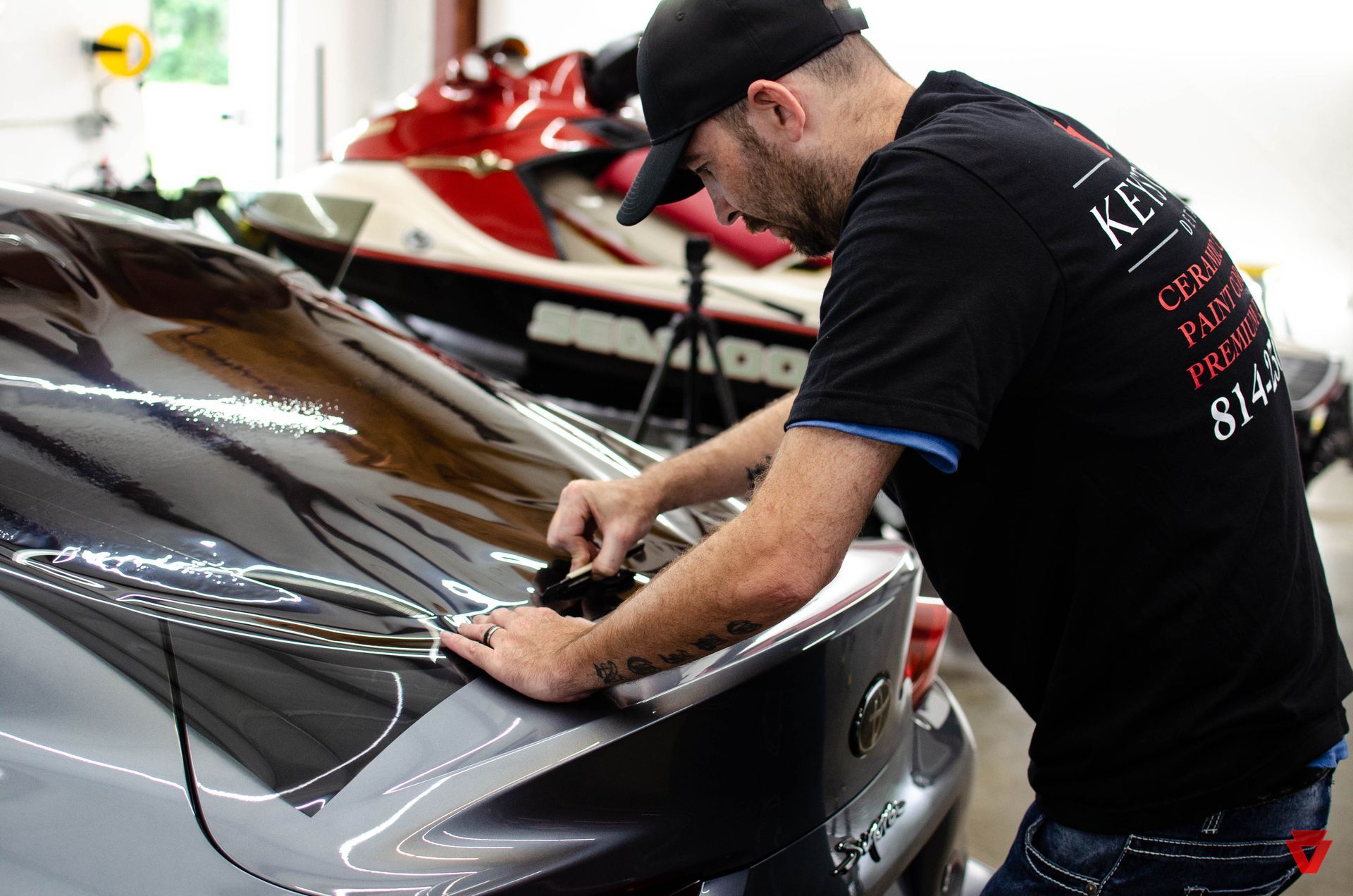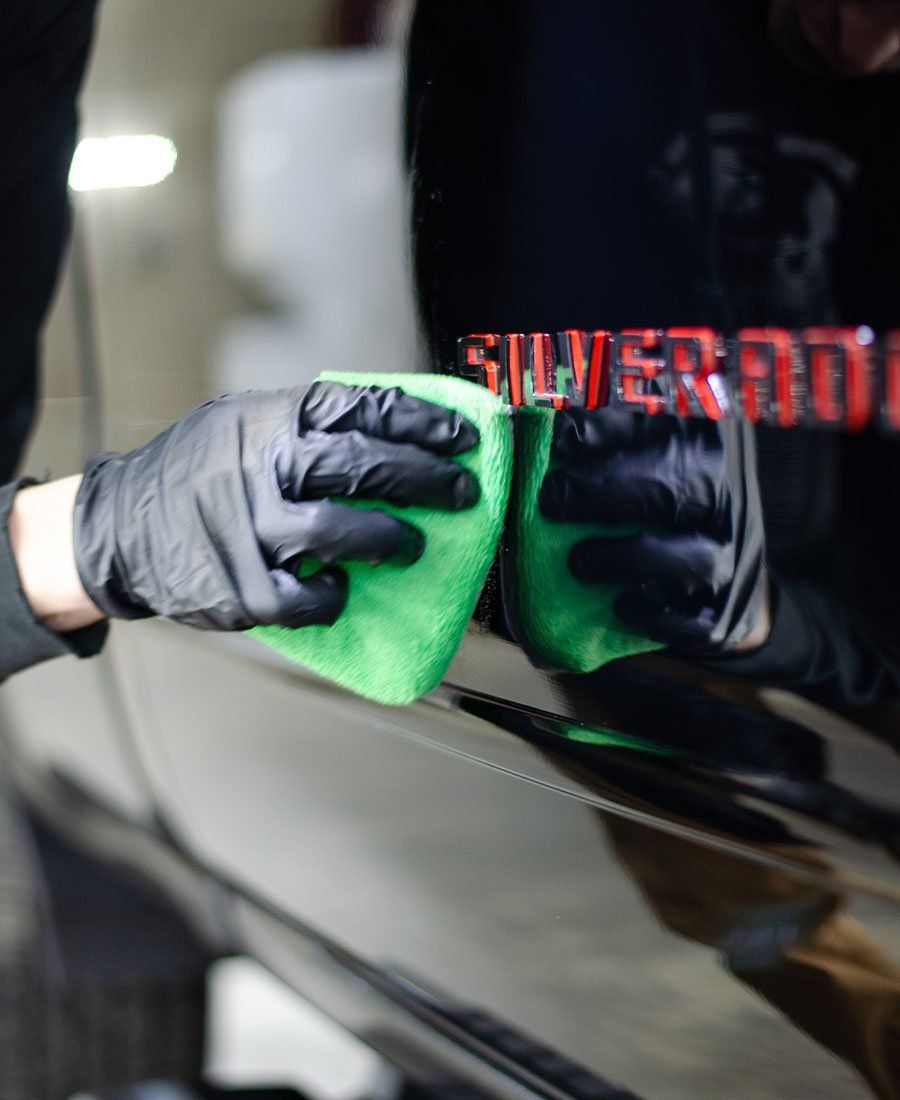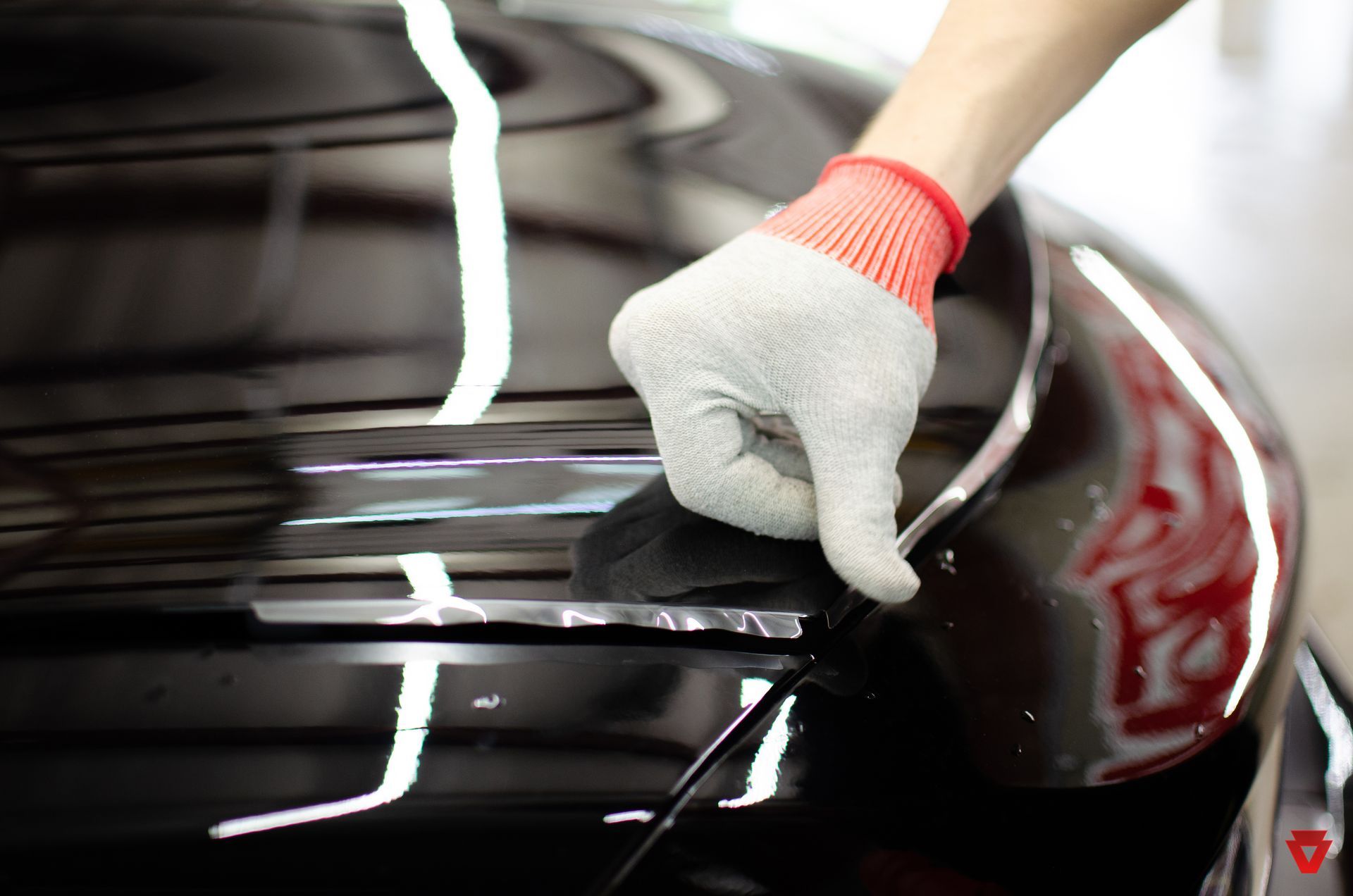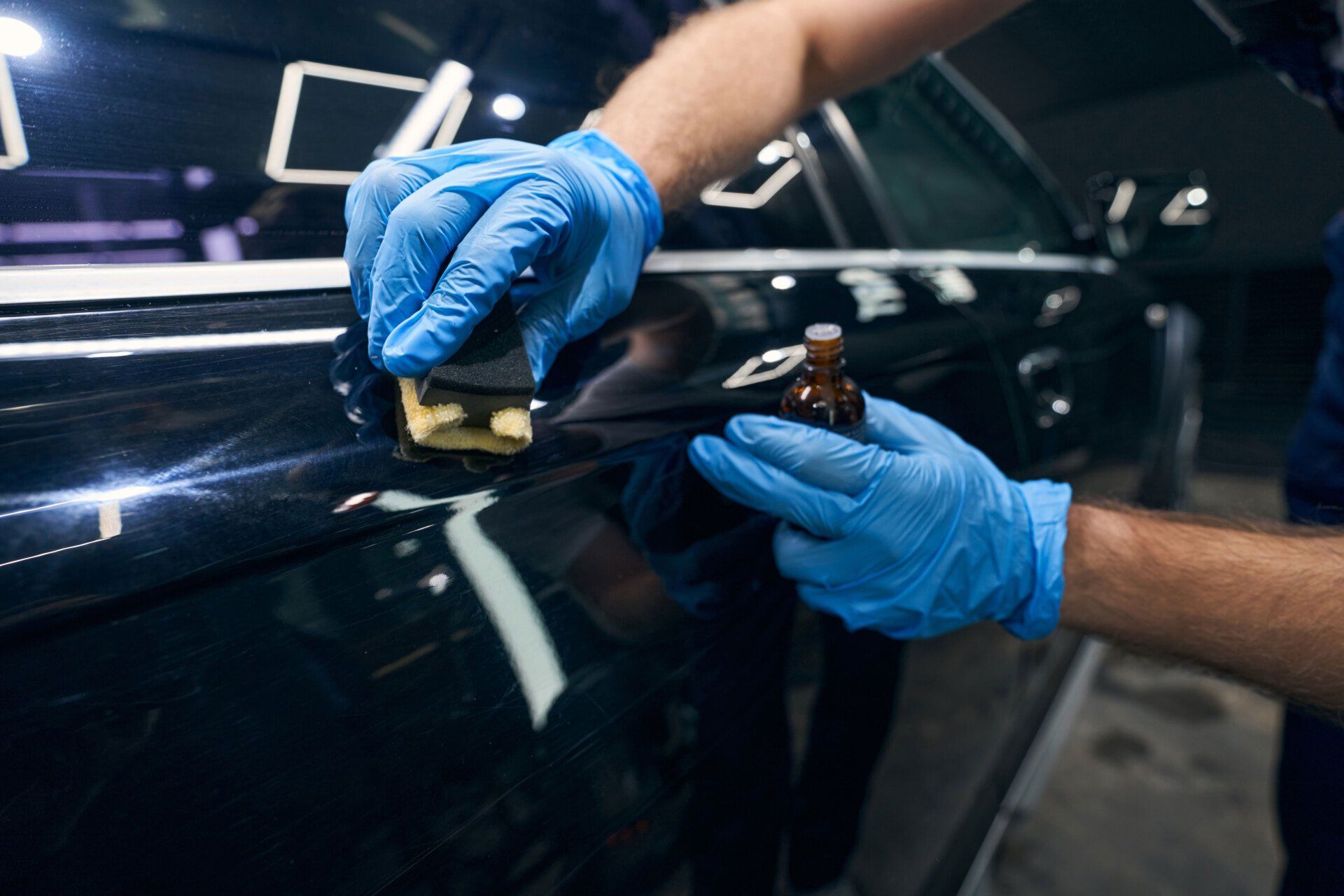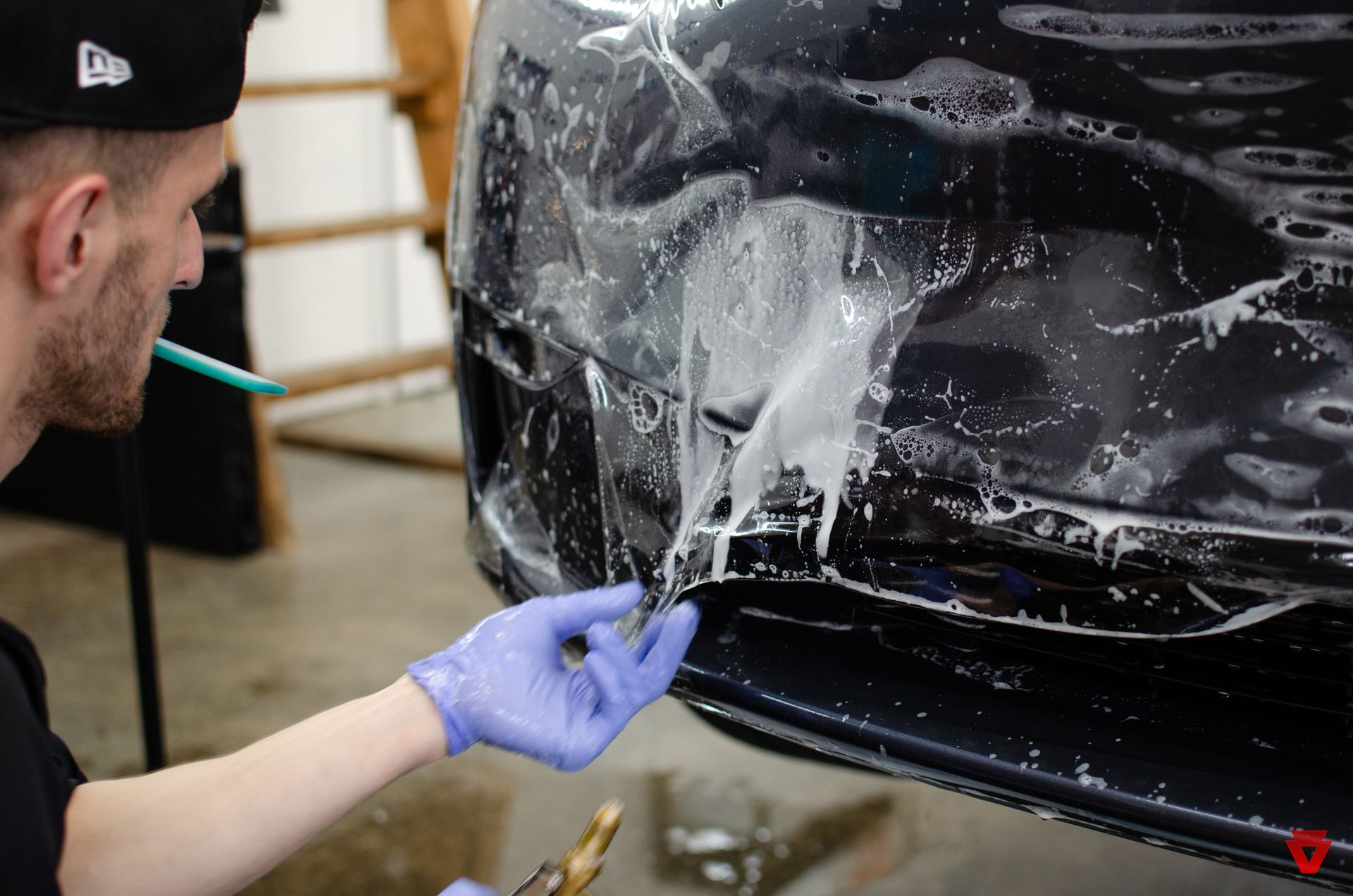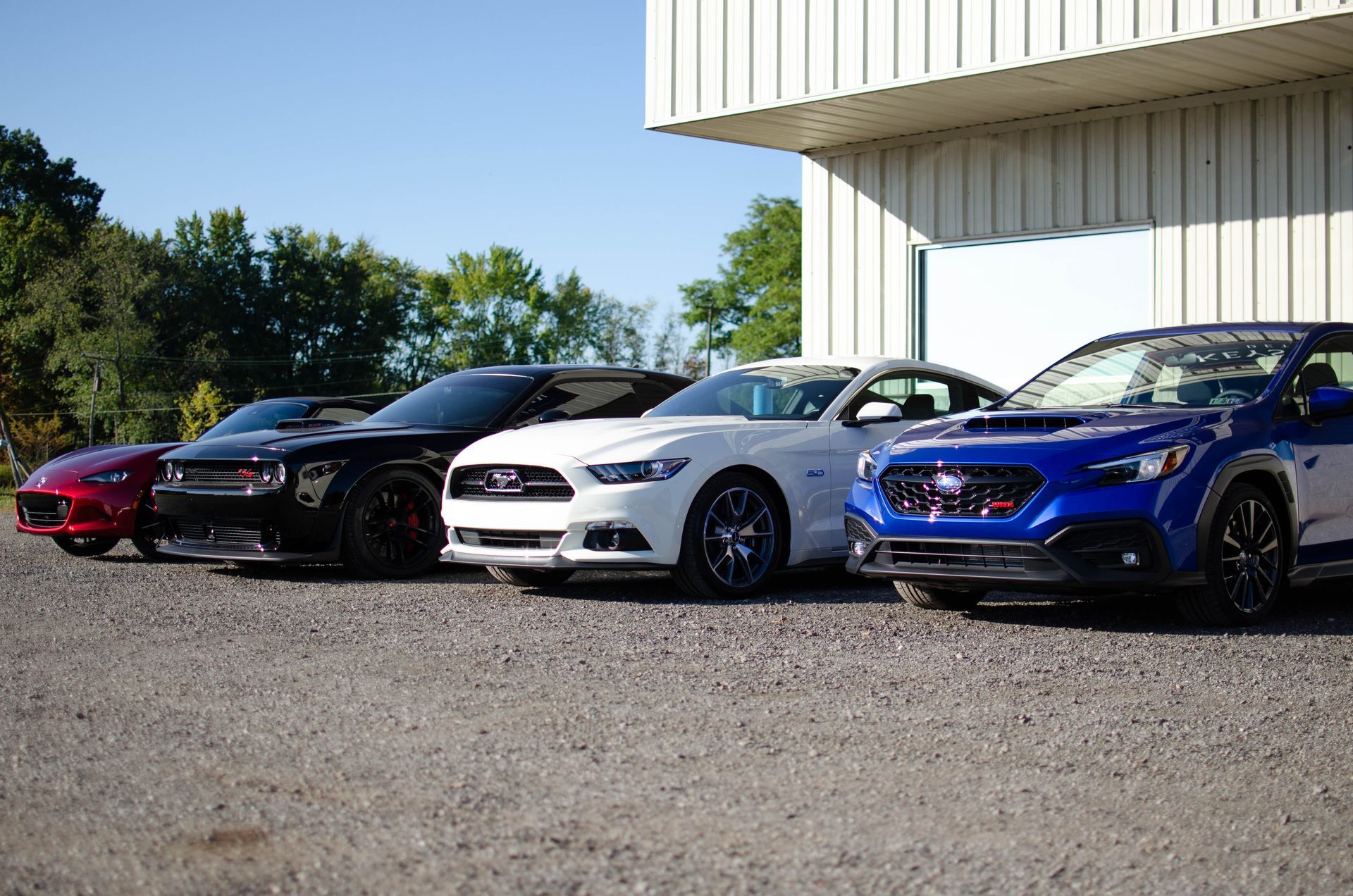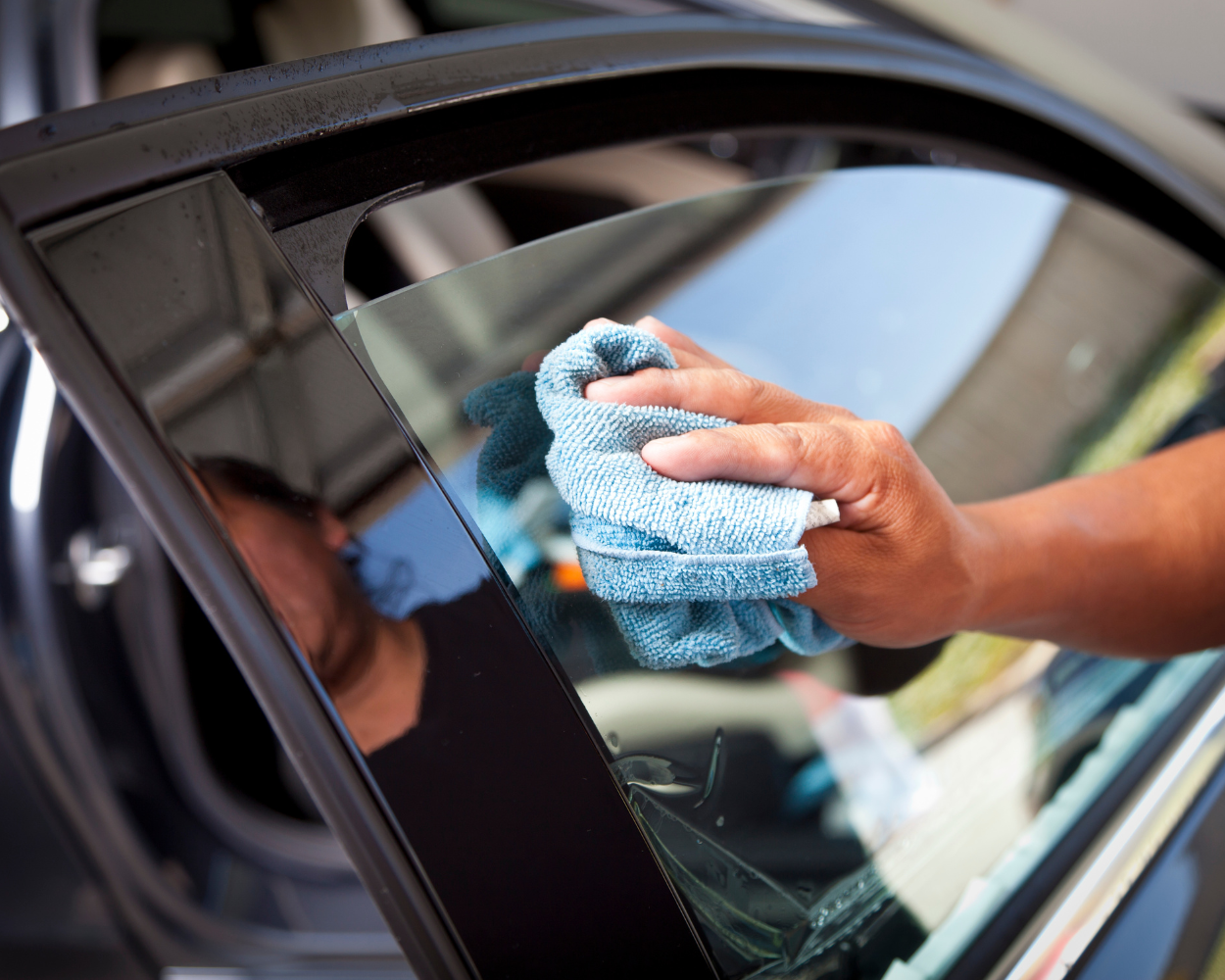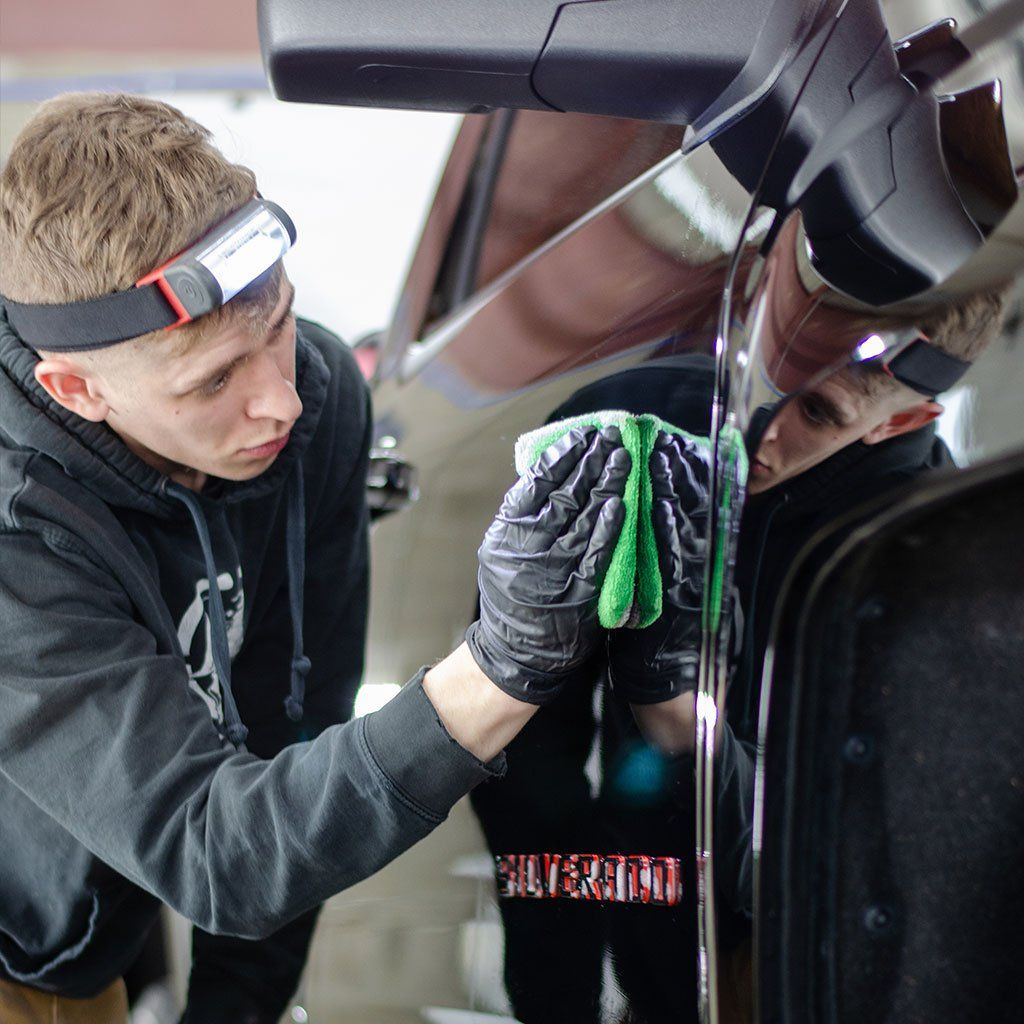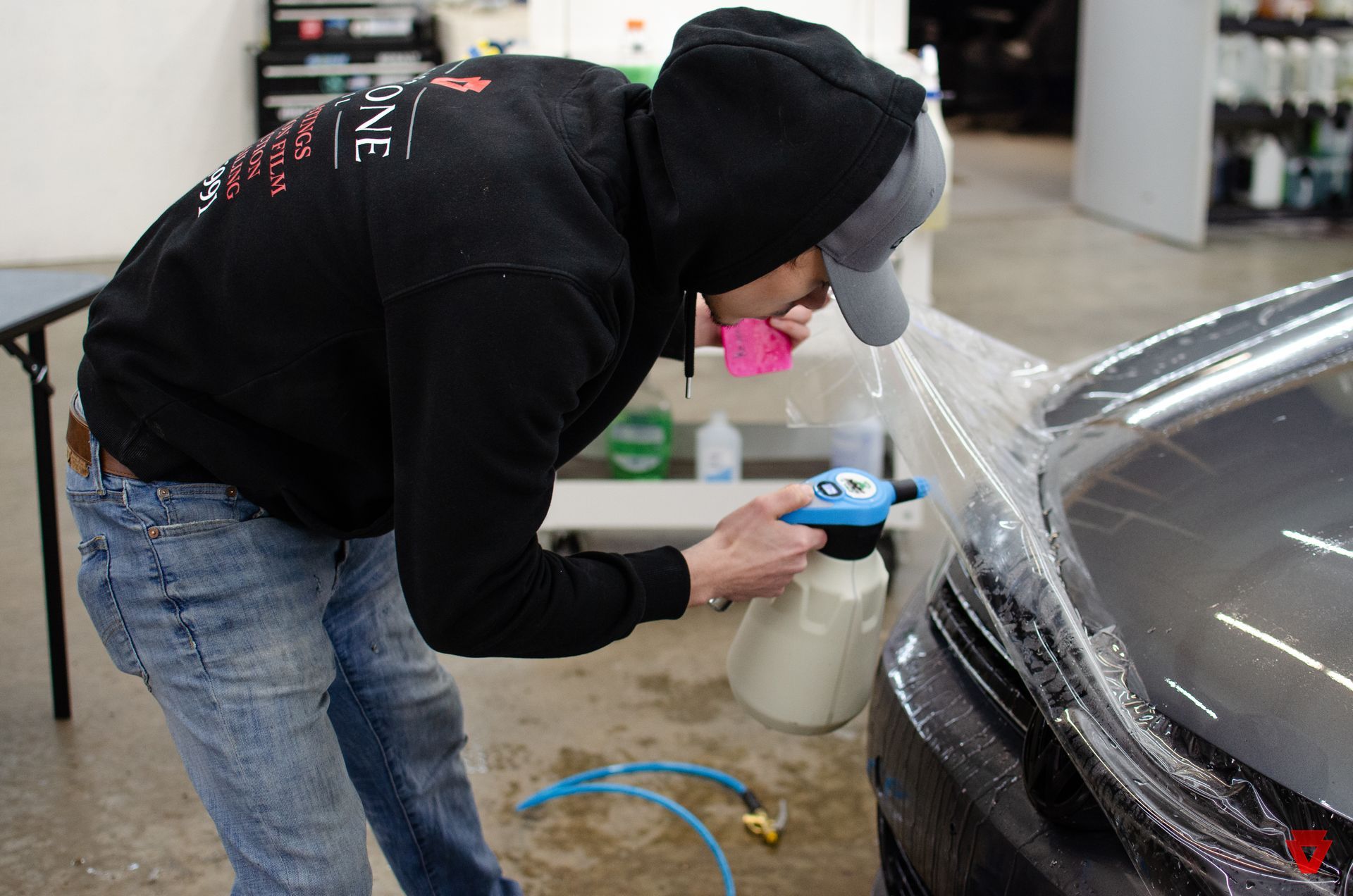Hydrophobic vs. Hydrophilic: Unveiling the Science Behind Car Wax and Ceramic Coatings
Introduction:
In the realm of automotive care and protection, two terms frequently take the spotlight: "hydrophobic" and "hydrophilic." These terms might sound complex, but they hold the key to understanding the magical world of car wax and ceramic coatings and how they work so well. In this blog post, we'll embark on a journey to demystify hydrophobic and hydrophilic properties and explore how they relate to the realm of car care, ultimately revealing the science behind achieving that elusive gleam on your beloved vehicle.
Hydrophobic and Hydrophilic: A Quick Recap
Before we delve into the world of car care, let's take a moment to revisit the concepts of hydrophobic and hydrophilic interactions.
Hydrophobic substances fear water, much like oil and water's notorious aversion to each other. These substances repel water molecules due to their nonpolar nature. In contrast, hydrophilic substances love water and readily interact with it due to their polar or ionic characteristics.
These interactions are influenced by the unique structure of water molecules, which are composed of two hydrogen atoms bonded to an oxygen atom. This structure gives water a polar nature, with the oxygen atom being slightly negatively charged and the hydrogen atoms slightly positively charged. Consequently, water molecules form hydrogen bonds, leading to its cohesive and adhesive properties.
Now, let's transition our understanding of these properties to the world of car care and protection.
Hydrophobic Marvel: Car Wax
Car wax is a classic and beloved tool in the automotive enthusiast's arsenal. The primary goal of applying car wax is to create a protective layer on the vehicle's surface, shielding it from the elements, UV rays, and contaminants. But what does hydrophobicity have to do with it?
When you apply car wax to your vehicle's paint, you're essentially creating a hydrophobic barrier. The wax molecules bond to the paint's surface, forming a thin layer that repels water. This hydrophobic shield prevents water from clinging to the surface, causing it to bead up and roll off. As water droplets gather and slide off the paint, they take dirt, dust, and contaminants along with them, effectively cleaning the surface and reducing the risk of scratches during the cleaning process.
The hydrophobic nature of car wax doesn't just keep your car cleaner – it also imparts that coveted glossy finish. As light interacts with the water beads on the surface, it creates a stunning visual effect that accentuates your car's curves and lines. So, car wax isn't just about protection; it's also about enhancing your vehicle's aesthetic appeal.
Ceramic Coatings: Hydrophobic Armor
Enter the world of ceramic coatings – the pinnacle of hydrophobic protection for your vehicle. Ceramic coatings are composed of nanoparticles that form a chemical bond with the vehicle's paint, creating an ultra-durable and long-lasting shield. This shield is hydrophobic to the core, taking water and contamination repellence to a whole new level.
Unlike traditional car wax, which might last a few weeks to a few months, ceramic coatings offer protection that can endure for years. The hydrophobic properties of ceramic coatings are a result of their densely packed molecules, creating a surface that water molecules struggle to adhere to. As a result, water beads up and rolls off the surface, carrying away dirt, grime, and pollutants with it.
But the hydrophobic benefits of ceramic coatings extend beyond easy cleaning and a beautiful finish. By repelling water and contaminants, ceramic coatings also guard against oxidation, UV damage, and even chemical stains. The incredibly strong bond between the coating and the paint forms a formidable barrier that helps maintain your car's appearance for an extended period.
Hydrophilic Allies: Prepping the Canvas
While hydrophobic properties steal the show when it comes to car wax and ceramic coatings, hydrophilic properties also play a crucial supporting role. Before applying any protective product, it's essential to ensure that the surface is properly cleaned and prepped. This is where hydrophilic cleaning agents come into play.
Hydrophilic cleaners are designed to interact with water and contaminants, breaking them down and lifting them off the surface. By facilitating the removal of dirt and grime, these cleaners lay the groundwork for a successful application of car wax or ceramic coatings. Additionally, hydrophilic cleaners can help restore the paint's natural shine by removing surface oxidation and light imperfections.
Conclusion
In the intricate world of automotive care and protection, the concepts of hydrophobicity and hydrophilicity reign supreme. Car wax and ceramic coatings leverage these properties to create shields of varying strengths, ensuring your vehicle remains not only clean and pristine but also beautifully enhanced.
Car wax's hydrophobic magic results in water beading, easy cleaning, and a dazzling shine. On the other hand, ceramic coatings take hydrophobicity to the next level, forming an enduring shield against the elements while maintaining the car's visual allure.
Amidst this interplay of water-repellent and water-loving forces, remember that proper surface preparation is key to maximizing the benefits of these protective products. As you embark on your car care journey, armed with the knowledge of hydrophobic and hydrophilic interactions, you'll unlock the secrets to preserving your vehicle's beauty and radiance for years to come.
